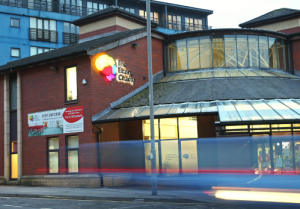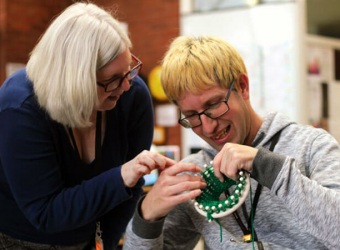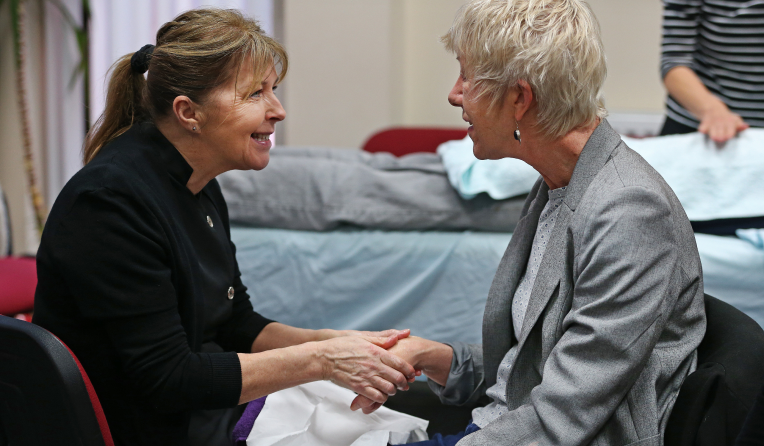What is neurofibromatosis?
Neurofibromatosis is a genetic condition you are usually born with that causes benign tumours to grow along your nerves anywhere in your body. There are two types of neurofibromatosis, NF1 and NF2.
NF1 is the most common type which causes the nerve endings to grow benign tumours anywhere in your body. This can result in other effects which include learning difficulties, epilepsy and social problems.
NF2 on the other hand is a much less common disorder of the nerve tissue, resulting in acoustic neuromas or vestibular Schwannomas on the nerve that takes messages from the ear to the brain. This can result progressive deafness and communication problems.
There is currently no cure for neurofibromatosis but there are still treatments which include:
- Surgery (to remove tumours and improve bone abnormalities)
- Medication (to control secondary conditions, such blood pressure)
- Physio-therapy
- Psychological support
- Pain management
(You can read more about these forms of treatment at the NHS website here)
What causes neurofibromatosis?
Neurofibromatosis is caused by a faulty gene. This is what leads to the uncontrolled growth of tumours developing in the nervous system. This is due to the faulty gene being ineffective with producing the protein that keeps the growth of nerve tissue in check.
What are the symptoms of neurofibromatosis?
In most cases the skin is affected causing symptoms such as:
- Pale, coffee-coloured patches
- Soft, non-cancerous tumours on or under the skin (neurofibromas)
- Cluster of freckles in unusual places such as the armpit, groin and under the breast
- Problems with the bones, eyes and the nervous system
(You can read more about these symptoms at the NHS website here)


















